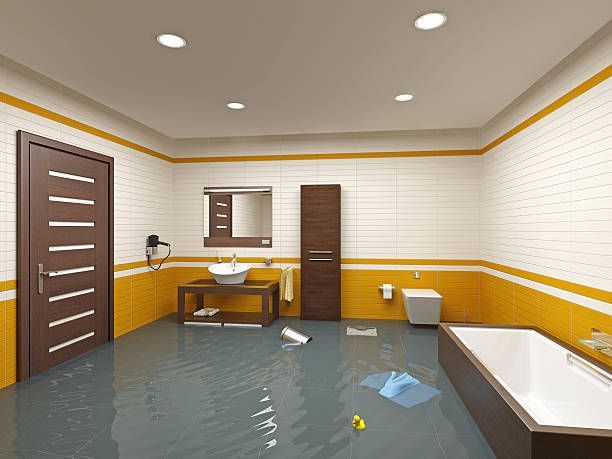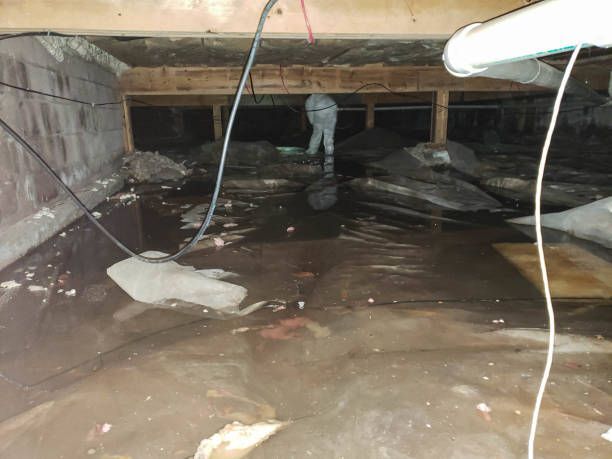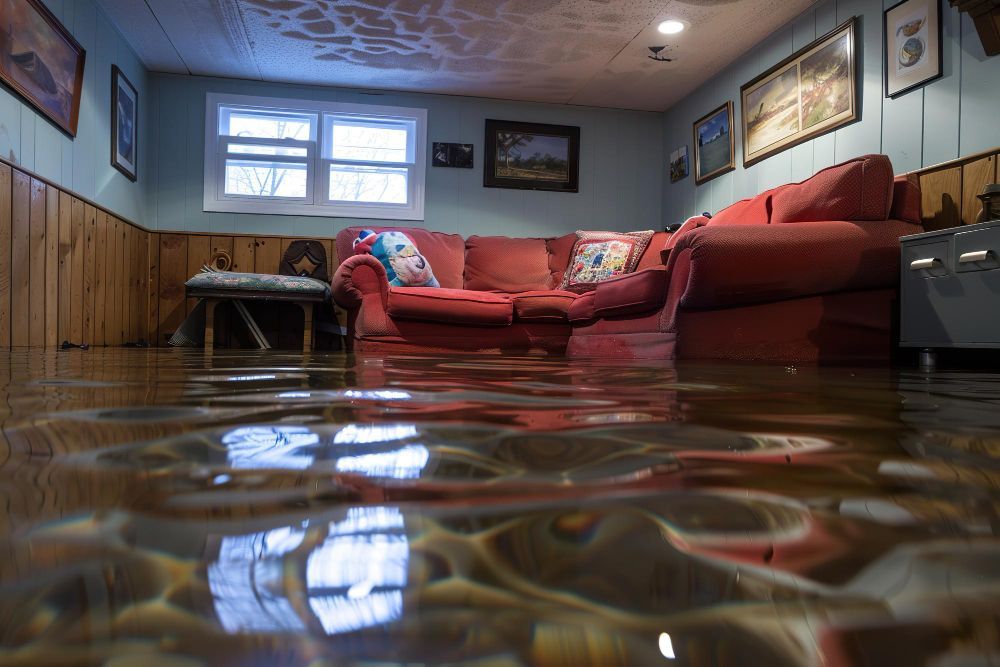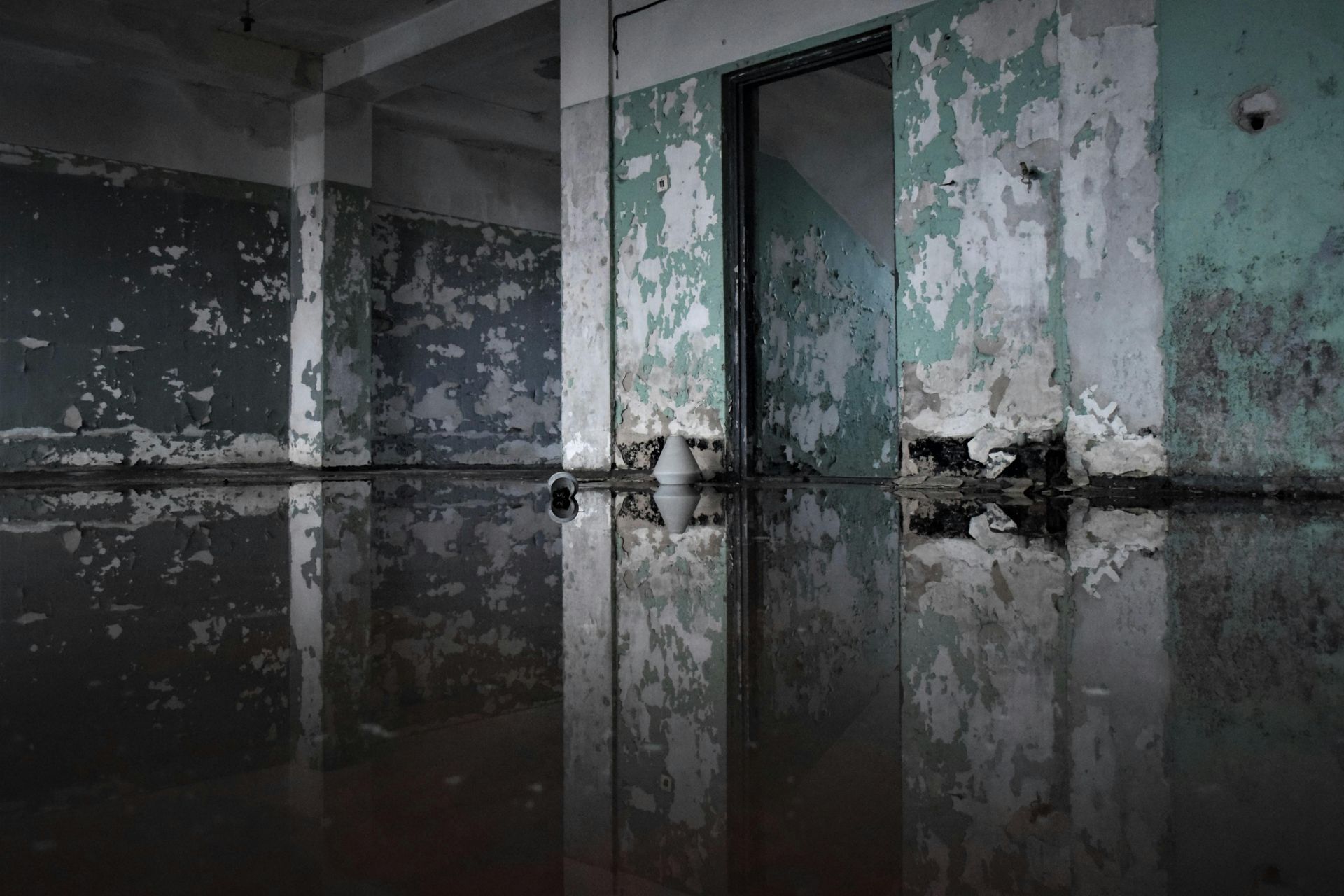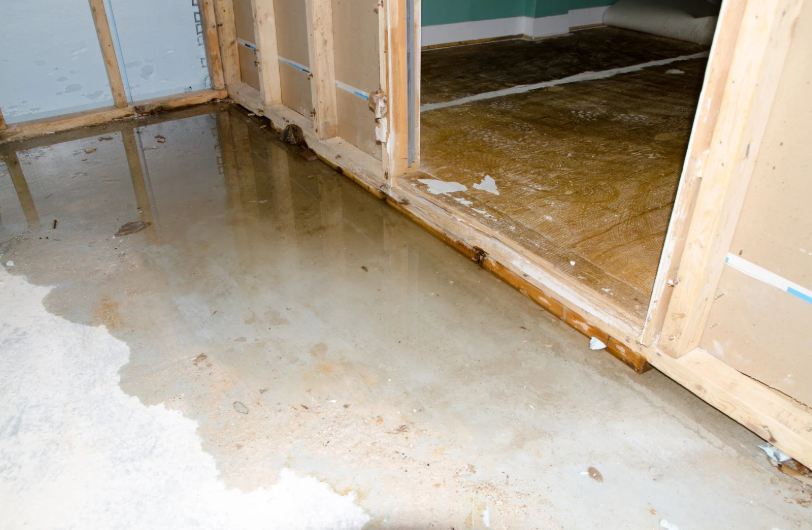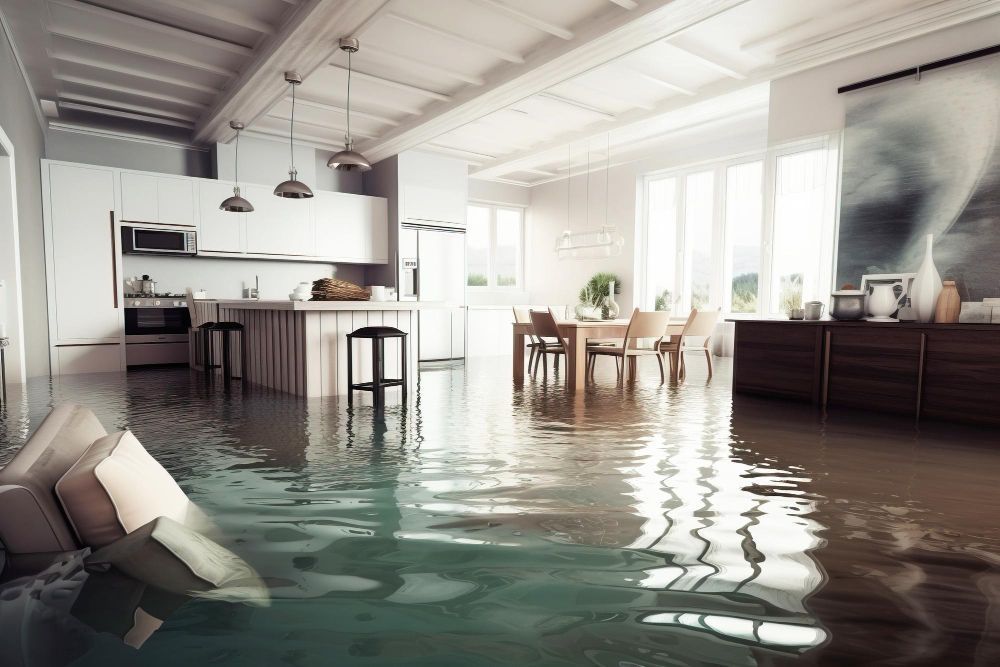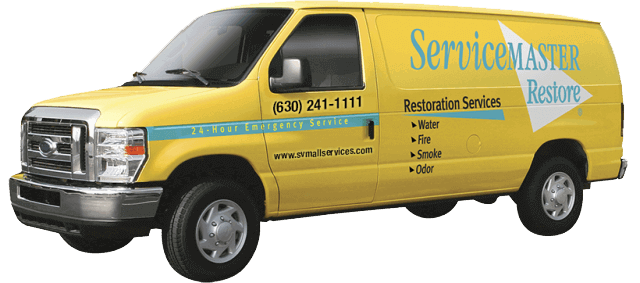Water Damage Restoration Brings Homes Back to Normal
Water Damage Restoration plays a crucial role in returning homes to a safe and livable condition after flooding, leaks, or plumbing issues. When water infiltrates walls, floors, and ceilings, it can lead to structural damage, mold growth, and unpleasant odors that compromise comfort and safety. Timely intervention through Water Damage Restoration addresses these issues efficiently, removing excess moisture, drying affected areas, and repairing damaged materials. This process not only preserves the structural integrity of the property but also helps prevent long-term health risks associated with mold and bacteria. Homeowners can regain peace of mind knowing their living environment is fully restored. Effective Water Damage Restoration ensures that the home is safe, clean, and functional once again, providing a fresh start after water-related incidents.
Swift Water Removal
Swift water removal is the first critical step in Water Damage Restoration, as standing water can escalate damage within hours. Specialized techniques and equipment extract water from carpets, floors, and hidden spaces, preventing further absorption into structural materials. Efficient removal minimizes risks of warping, staining, and foundation weakening. Prompt action also limits conditions favorable to mold and bacteria growth. By addressing water accumulation immediately, homeowners can reduce the overall cost of repairs and restore the property faster. Swift water removal sets the foundation for a full, effective Water Damage Restoration process that safeguards both structure and interior.
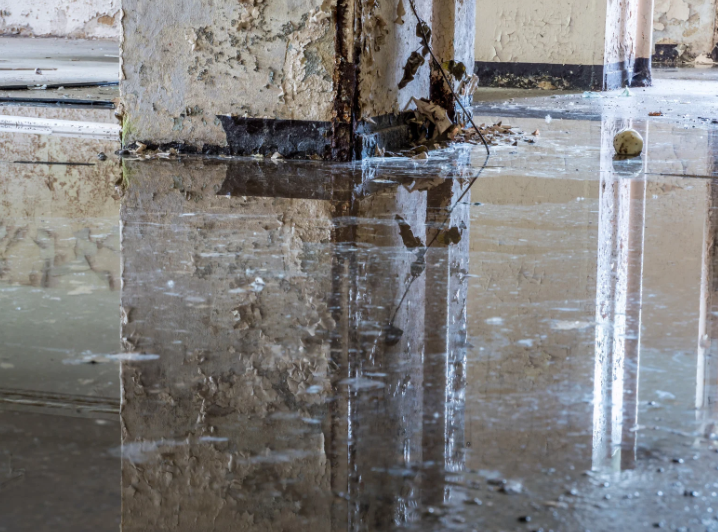
Structural Integrity Repair
Water can compromise the structural integrity of homes, weakening beams, walls, and foundations. Water Damage Restoration includes assessing damage to critical support areas and implementing repairs to ensure stability. This process may involve reinforcing frameworks, replacing compromised materials, and restoring strength to weakened sections. Maintaining structural integrity is vital for the safety of occupants and the long-term durability of the home. Timely interventions prevent small problems from escalating into major repairs, protecting property value.
Assessing Damage to Critical Areas
A thorough inspection identifies weakened beams, walls, and foundations. Evaluating the extent of water intrusion allows experts to prioritize repairs and prevent further deterioration. Early assessment is essential for effective Water Damage Restoration and long-term home stability.
Reinforcing Weakened Frameworks
Structural reinforcement strengthens compromised beams and supports affected by water exposure. Using braces or additional materials restores load-bearing capacity. Reinforcing frameworks during Water Damage Restoration ensures safety, durability, and prevents structural failures over time.
Replacing Damaged Materials
Severely water-damaged wood, drywall, or flooring must be replaced to maintain stability. Timely removal and substitution of compromised materials prevent further weakening. Water Damage Restoration restores integrity while minimizing risks to the overall structure.
Preventing Future Structural Issues
Addressing hidden water damage reduces long-term risks such as rot, mold, or sagging. Preventive repairs and treatments during Water Damage Restoration protect the home’s foundation and support systems from recurring problems.
Ensuring Home Safety and Stability
Proper structural repairs guarantee the home remains safe for occupants. Water Damage Restoration restores strength, supports, and overall stability, ensuring that living areas remain secure, functional, and protected from future water-related threats.
Mold Prevention Strategies
Mold growth is a common threat after water intrusion, posing health risks and persistent odors. Water Damage Restoration incorporates mold prevention strategies, including thorough drying, sanitization, and treatment of affected areas. Moisture sensors and dehumidifiers are used to ensure no damp spots remain. Surfaces and hidden cavities receive specialized care to inhibit mold spores from spreading. Preventing mold not only protects air quality but also reduces the need for costly remediation in the future. Implementing mold prevention measures during Water Damage Restoration ensures a healthier, safer home environment and supports the long-term durability of walls, floors, and furnishings.
Flooring Restoration
Floods and leaks can ruin flooring materials, from hardwood to carpet and tile. Flooring restoration is a key component of Water Damage Restoration, focusing on drying, cleaning, and repairing or replacing damaged sections. Proper care prevents warping, staining, and mold growth beneath surfaces. In some cases, salvageable flooring can be restored to its original condition through drying and treatment techniques. Replacing or repairing floors restores both aesthetics and safety. Effective flooring restoration ensures that residents can move freely and safely throughout the home while maintaining visual appeal. It transforms water-damaged floors back into durable, functional surfaces.
Wall and Ceiling Recovery
Water can seep into walls and ceilings, causing stains, sagging, and potential structural hazards. Wall and ceiling recovery during Water Damage Restoration involves drying, repairing, and replacing affected materials. Inspections identify hidden damage behind paint, wallpaper, and drywall. Specialized drying methods prevent swelling and cracking, while repairs restore original shapes and finishes. This process not only improves the visual appearance of interiors but also ensures safety from weakened sections. Wall and ceiling recovery is essential for returning the home to a normal, comfortable state, making living spaces fully functional and aesthetically restored after water-related incidents.
Odor and Air Quality Control
Lingering odors and poor air quality often follow water damage, affecting comfort and health. Water Damage Restoration addresses these issues through thorough drying, ventilation, and air purification. Moisture removal and mold prevention reduce musty smells, while specialized filtration improves indoor air quality. Treatments can neutralize odors trapped in walls, carpets, and furniture. Maintaining clean, fresh air helps protect residents from respiratory issues and enhances overall comfort. Odor and air quality control is a vital component of Water Damage Restoration, ensuring the home feels safe, welcoming, and fully habitable once repairs are complete.
Moisture Removal Techniques
Removing excess moisture from carpets, walls, and hidden areas prevents lingering odors and inhibits mold growth. Specialized drying equipment ensures thorough water extraction, creating a foundation for healthier air quality and supporting the overall success of Water Damage Restoration in affected homes.
Ventilation Improvements
Proper ventilation circulates fresh air and removes trapped humidity after water damage. Fans, vents, and natural airflow work together to reduce dampness, improve comfort, and prevent musty smells, making this step essential in the overall Water Damage Restoration process for maintaining indoor health.
Air Purification Systems
High-quality air purification systems remove airborne particles, spores, and contaminants caused by water damage. Using HEPA filters and ozone treatments, these systems restore cleaner air, reducing respiratory risks while enhancing the effectiveness of Water Damage Restoration in returning homes to a safe environment.
Odor Neutralization Methods
Odors trapped in walls, carpets, and furniture require specialized treatments to neutralize them. Deodorizers, thermal fogging, and surface cleaning target persistent smells, ensuring that residents experience a fresh, comfortable home after Water Damage Restoration is complete and moisture issues are resolved.
Maintaining Healthy Air Quality
Continuous monitoring of humidity and air conditions ensures lasting freshness and safety. Combining dehumidifiers, ventilation, and filtration, homeowners benefit from improved indoor air quality, protecting health and maximizing the long-term effectiveness of Water Damage Restoration throughout the entire property.
Complete Home Renewal
Complete home renewal is the final stage of Water Damage Restoration, combining structural repairs, surface recovery, and air quality improvements. Every aspect of the home, from floors and walls to ceilings and ventilation, is restored to pre-damage conditions. Attention to detail ensures that the property is not only safe but also visually and functionally renewed. This comprehensive approach transforms spaces affected by water back into comfortable, fully usable living areas. Homeowners regain confidence in their environment, knowing that the restoration process addresses every element impacted by water, bringing the home back to normal and ensuring lasting protection.
Conclusion
Water damage can disrupt homes, weaken structures, and create health risks if not addressed promptly. Professional Water Damage Restoration ensures that every affected area is thoroughly dried, repaired, and treated, restoring your home to a safe, functional, and comfortable state. From structural repairs to mold prevention and odor control, a comprehensive restoration process brings your living space back to normal efficiently and effectively.
For residents in Lisle, Illinois, ServiceMaster Restoration Services provides reliable and experienced Water Damage Restoration. Visit us at 924 Ogden Ave., Lisle, or call (630) 241-1111 to schedule expert assistance and reclaim your home today.


